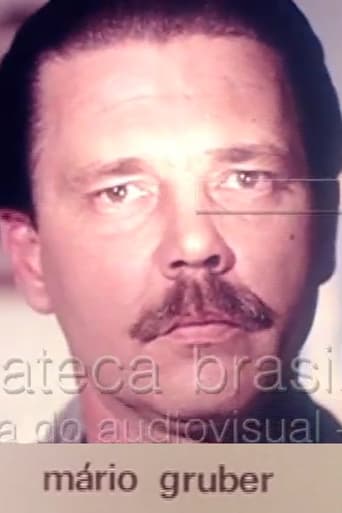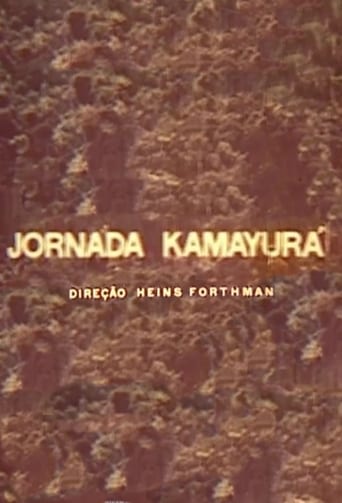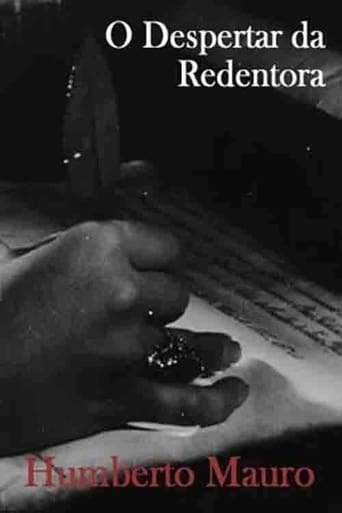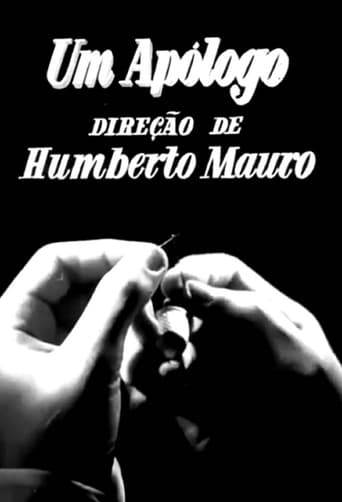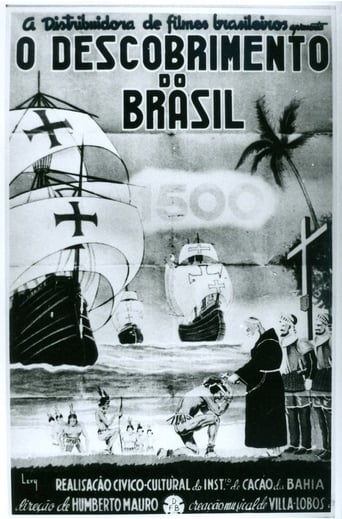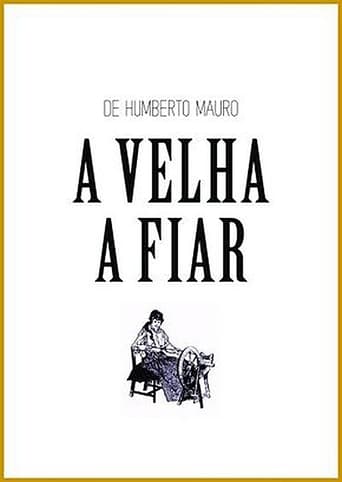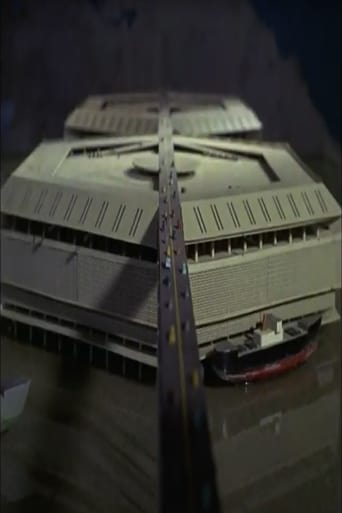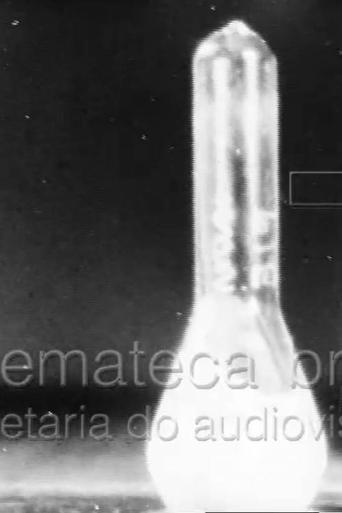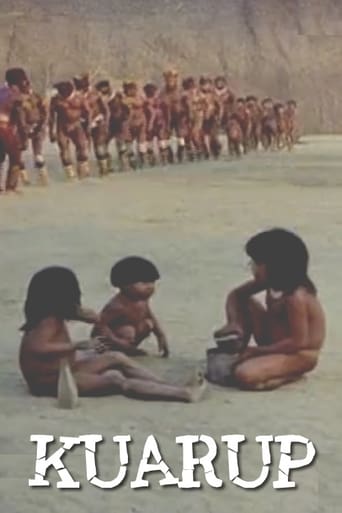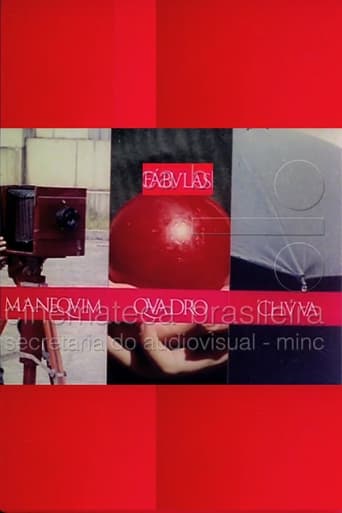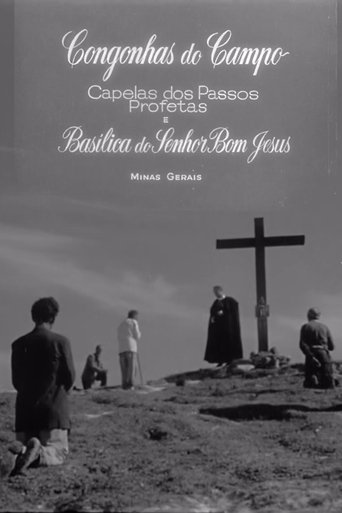INCE - Instituto Nacional de Cinema Educativo
O Primeiro Salto 1965
Jornada Kamayurá 1966
Meus Oito Anos: Canto Escolar 1956
A cinematographic interpretation of a Casimiro de Abreu poem.
São João Del Rei 1958
A panoramic view of the architecture of St. João Del Rei.
Um Apólogo 1939
An adaptation of Machado de Assis' eponymous short story, preceded by a short telling of the author's life and works.
The Discovery of Brazil 1937
O Descobrimento do Brasil (The Discovery of Brazil) is an impressive historical epic recreating Álvares Cabral’s voyage to the New World in 1500, with a score especially written by the renowned composer, Heitor Villa-Lobos. One of the earliest examples of Brazilian cinema, this film depicts the perilous journey of Pedro Álvares Cabral’s armada from Portugal to Brazil. Though somewhat rudimentary compared to other films of the period, The Discovery of Brazil distinguishes itself with its scenes of indigenous people and Portuguese explorers on the beach, and in the imaginative lighting on board the ship. But the real star is the beautiful cantata by Villa-Lobos that permeates the film.
A Velha a Fiar 1964
A Velha a Fiar illustrates a Brazilian folk song in which a being or entity is always predating another being, but is in its turn predated by some other animal, until the circle closes. It begins like this: an old woman is quietly weaving and a fly disturbs her; a spider eats the fly; a mouse eats the spider; a cat chases the mouse and so on...
Fala Brasília 1966
An amalgamation of accents and life experiences from different parts of Brazil reunited on the city of Brasília.
Rio, Uma Visão do Futuro 1966
The architect Sérgio Bernardes' vision of the future for Rio de Janeiro. Models and designs of airports, ports, and remodeled neighborhoods propose the creation of a vertical city for the urban problem and its transformation into an international center for commercial and
Febre Amarela I 1938
The film demonstrates all stages of production of the yellow fever vaccine that took place in the Yellow Fever Service laboratory of the Rockefeller Foundation, located in Manguinhos, Rio de Janeiro, next to the Oswaldo Cruz Institute.
Kuarup 1963
Aspects of the life of the Kamaiurá, an indigenous tribe that inhabits the Upper Xingu. The manioc-based food, the training with bow and arrow and the work carried out by the young Indian, the girls learn how to spin, and the boys develop the knowledge of the tribe with the shamans. An important rite is the Kuarup, which honors a great dead leader. The procedures for the rite: the decoration of tree trunks, the painting of bodies, the dance choreography, the physical confrontation between the Indians. Finally, the trunks are taken by children to the waters of the Xingu River.
Higiene Rural 1954
O Segredo das Asas 1945
Fábulas 1966
Engenhos e Usinas 1955
A look at the now abandoned production farms, substituted by power plants.
Congonhas do Campo 1957
Aspects of the city of Congonhas do Campo. The preponderance of baroque architecture, the Basilica of Senhor Bom Jesus de Matozinho, the six chapels on the terrace leading to Morro do Maranhão. Each chapel contains statues representing moments of the Passion of Christ. While in the first chapel there is Santa Ceia figuration, in the second there is the Passo Horto scene. The kiss of betrayal and the imprisonment of Christ before the scene of the third chapel. In the fourth, two scenes are gathered: the coronation and the flagellation. On the fifth, the Christ bears the cross and the crucifixion is featured in the sixth chapel. The twelve apostles of Aleijadinho and the Latin inscriptions of each one. The interior of the Basilica and its main altar, with the figure of the Lord Dead.
Azulão e Pinhal 1948
A visual interpretation of Brazilian popular songs "Azulão" and "Pinhal".
